|
If you are new to rhinestones, you may be confused by the choices of sizes, colors and manufacturers. There are acrylic or crystal rhinestones, hot fix or non-hot fix, round, square or practically any shape imaginable. Not to mention all the many colors available. So many choices and where to begin? While there are many rhinestone options today, this was not always the case. Once upon a time, rhinestones were a naturally occurring resource. Quartz mixed with lead pebbles were found along the banks of the Rhine River, one of Europe’s greatest rivers. Eventually, this natural resource became depleted, and in 1715 the Czech company, Preciosa, developed a way to manufacture rhinestones. Daniel Swarovski originally worked for Preciosa and left to open his own company in 1895. Today, there are many manufacturers of crystal rhinestones as well as acrylic rhinestones. Types of Rhinestones Crystal rhinestones, those made by Swarovski, Preciosa and other manufacturers are laser cut. Different manufacturers have different number of facets. Keep in mind, that the more facets a rhinestone has, the more light it reflects. The Xiruis Rhinestone manufactured by Swarovski, has a whopping 16 facets. Preciosa Rhinestones have 12 facets. Should you decide to buy a non-brand name rhinestone, be sure to check on the number of facets as it will affect its sparkle. Additionally, crystal rhinestones break up the light like a prism. Rhinestones sparkle so beautifully because of this prismatic effect combined with the number of facets. In 2012, Swarovski patented a new lead-free crystal formula making their stones CPSIA compliant. CPSIA laws govern lead content in items for children. For this reason, Swarovski is a good choice for parents who have children ice skating, dancing, or in participating other activities. Acrylic rhinestones are molded rhinestones and while the facets do reflect the light, they do no have the prismatic effect of crystal. Inexpensive and lead free make acrylic rhinestones a good choice for children’s crafts. The 4 C’s Key points to keep in mind If you are planning on using a non-name brand rhinestone: the four C’s: color, cut, contour and clarity.
What about that “ss” size? Originally, when rhinestones were found along the banks of the Rhine River, they were measured in “stone sizes” or “ss”. Although natural rhinestones are no longer, the “ss” system of measurement is still in use today. The smaller the number next to the “ss”, the smaller the rhinestones. Likewise, the larger number next to the “ss”, the larger the rhinestones. And the smaller the rhinestone, the more you will need to cover an area. By the same token, the larger the rhinestone, the less you will need to cover an area. Most retailers will also give the millimeter size. Below is a conversion chart from ss to millimeters: ss mm ss mm ss mm 3 1.4 8 2.35 20 4.7 4 1.6 9 2.65 30 6.41 5 1.8 10 2.85 34 7.17 6 2.0 12 3.1 40 8.54 7 2.15 16 3.9 48 11.11 Recommended Adhesives There are two things to consider when applying rhinestones. First, the surface and then the type of rhinestone. Some adhesives provide a more permanent bond to some surfaces. Beacon’s Gem Tac is a great all-purpose glue. Gem Tac is recommended for fabric, wood, suede, glass, vinyl and metal. E6000 is another adhesive suitable for just about any type of surface. Recommended for all the surfaces as Gem Tac as well as plastic, tile, ceramic, cement, rubber, leather and Styrofoam. However, this glue is a bit harder to work with as it’s thicker and harder to apply. Keep in mind that this glue dries quickly and must be used in a well-ventilated area. Be careful as some adhesives are not recommended for use with Acrylic rhinestones. Beacon’s Fabri-Tac and E6000 are not recommended for use with these types of rhinestones. Always check the glue manufacturer’s instructions and the supplier of your rhinestones for the best adhesive to use. How to attach Rhinestones to Fabric After you pick your adhesive, you are ready to glue. Prewash whatever garment you are applying rhinestones to. Squeeze a drop of glue slightly smaller than the rhinestone on your fabric. Using a tweezer or wax tipped tool, pick up the rhinestone and gently press it into the glue drop. Some glue should seep out of the edges of the rhinestone. This makes a seal and helps to prevent the rhinestone from peeling off. Allow to dry flat for 24 hours. Hot fix rhinestones are rhinestones with glue on the bottom. These can be adhered to fabric using a hot fix tool or a hot iron without steam. A hot fix tool is a wand with different size tips for the various size rhinestones. Position the rhinestones crystal side up, heat the tool, then vertically position the wand over the item you want to pick up. With a light touch, pick up the item in the cup at the end of the tip. It will stick in the tip. Depending on your type of wand, wait 10-15 seconds for the glue to heat (you will see it bubble). Gently tap the tip onto the fabric and the rhinestone will stick. Too much pressure will cause the rhinestone to stick in the tip so make sure you use a light touch. In a few minutes the glue will cool, and the rhinestone will be securely attached. Another nifty tool is hot fix transfer paper. You can make complicated designs or lettering by laying rhinestones on the sticky side, then simply use an iron without steam to apply. The recommended temperature for glue activation by Swarovski is a temperature range of 120°C to 170°C (250°F to 340°F). Due to a lack of absorbency, some fabrics are not suitable for use with hot fix rhinestones. These include tightly woven fabrics, very thin fabrics such as organza, leather or imitation leather as well as fabrics treated with water-repellent treatments, stain-resistant treatments and easy-to-care treatments. Other Methods for Attaching Rhinestones Two other ways of attaching rhinestones to fabric are sewing and metal settings. Sew-ons are rhinestones with predrilled holes for sewing. Simply sew the rhinestone on with a needle and thread through the holes. Rhinestones with metal settings that have channels on the back such as Rose Montees can be used for sewing as well. There are two types of metal settings, tiffany and rim. Tiffany settings enter from the back of the fabric, the rhinestone is placed in the middle of the prongs and then prongs fold over the front of the rhinestone. Rim settings fit over the top of the rhinestone and the prongs are pushed into the fabric and folded on the backside of the fabric. There are also rhinestones already attached to metal settings such as Rose Pins. How Many Rhinestones will I need? What is the size area you are covering and are you completely covering it with rhinestones? And yes, it involves math. For a straight line of rhinestones: Step A. Multiply the number of inches by 25.4 Step B. Then divide your answer by the millimeter size of the rhinestone. So for: 3.1 for 12ss (3.1 is the mm size for 12ss rhinestones) 3.9 for 16ss (3.9 is the mm size for 16ss rhinestones) 4.76 for 20ss (4.76 is the mm size for 20ss rhinestones) If you are covering a large area with rhinestones you will need this formula: Step A. Find the area by multiplying the width and length of the area you wish to rhinestone. Step B. Multiply the answer in Step 1 by 67.14 for 12ss rhinestones 42.41 for 16ss rhinestones 29.20 for 20ss rhinestones The answer will be the amount of rhinestones you will need to cover that area. If you are still confused or need help in figuring out how many rhinestones you will need, contact us here at Rhinestones Etc and we will be glad to help you do the math. What Color Rhinestones Should I use? Much of choosing a color is preference but choosing certain colors will give your project a certain look. Choosing a rhinestone the same color as the background will provide sparkle while blending in. A contrasting color will pop while providing sparkle. Not sure what color to use? Popular colors, crystal and crystal AB are good choices. Both colors look great with anything. Crystal is a clear rhinestone while Crystal AB is a clear rhinestone with an Aurore Boreale (AB) coating that gives the rhinestone a rainbow look. Crystal AB rhinestones are great at picking up and reflecting back the surrounding color. Is your Head spinning from all this information? Do you have more questions than answers? Don’t hesitate to contact the friendly staff at Rhinestones Etc. We love to help people with their projects.
0 Comments
Your comment will be posted after it is approved.
Leave a Reply. |
KarenI have been adding bling for over 20 years. Through my projects, I hope you find inspiration. Categories
All
Archives
July 2024
|
Home About Policies Return Shipping
Contact Us Size Chart Privacy Products Reviews
Copyright 2024 Rhinestones Etc. All rights reserved.
Contact Us Size Chart Privacy Products Reviews
Copyright 2024 Rhinestones Etc. All rights reserved.

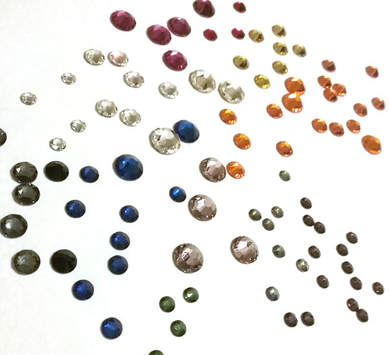
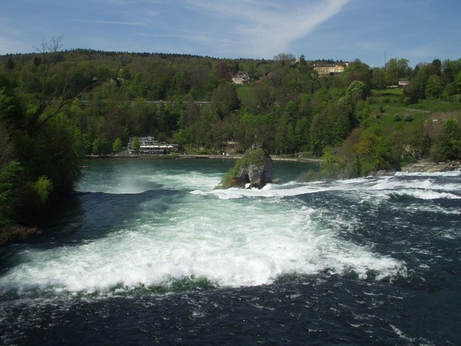
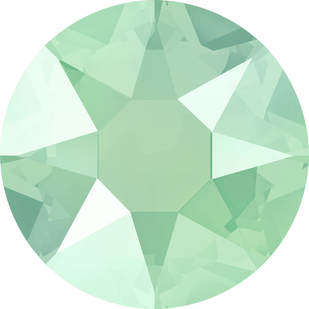
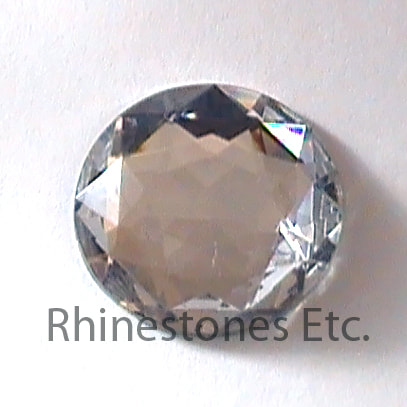
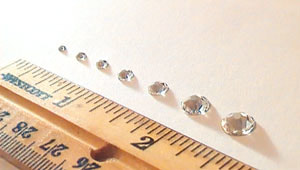
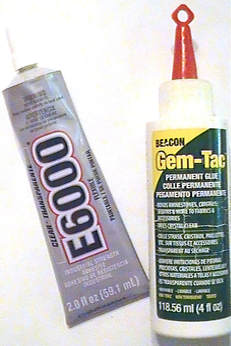
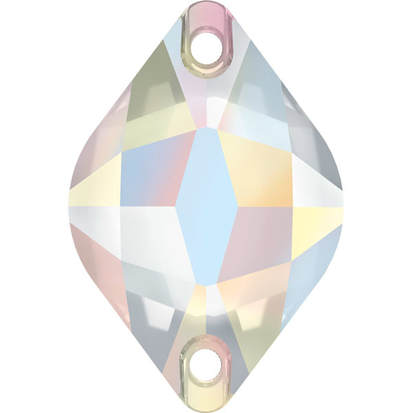
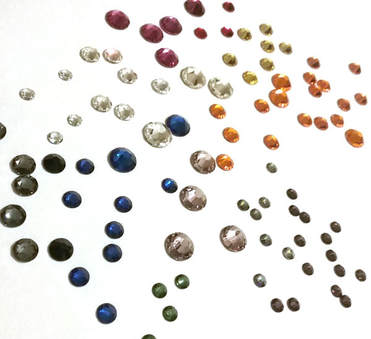
 RSS Feed
RSS Feed